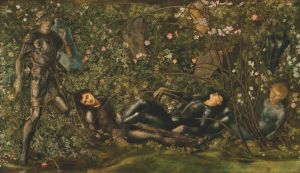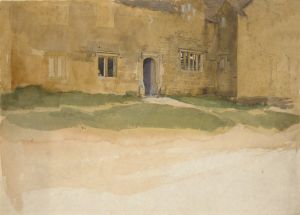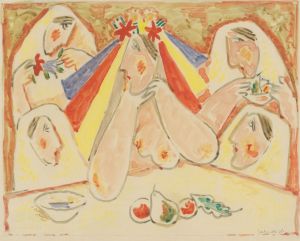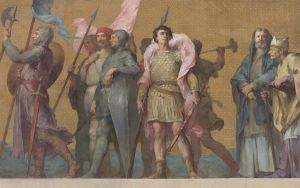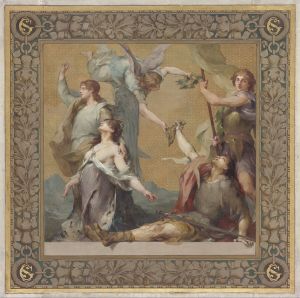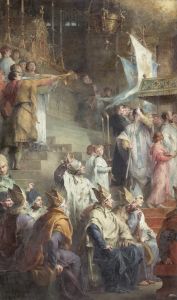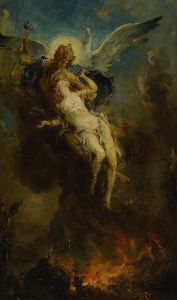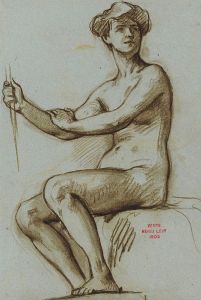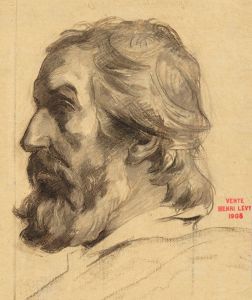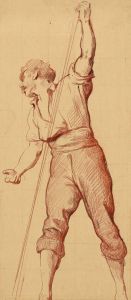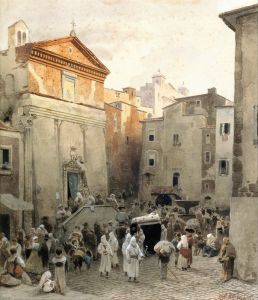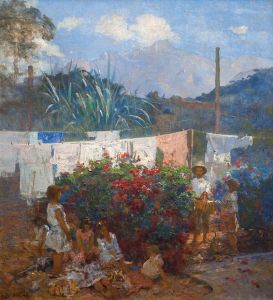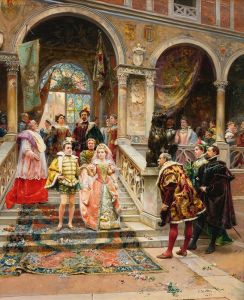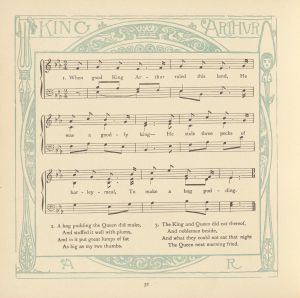
Procession carolingienne
A hand-painted replica of Henri Leopold Lévy’s masterpiece Procession carolingienne, meticulously crafted by professional artists to capture the true essence of the original. Each piece is created with museum-quality canvas and rare mineral pigments, carefully painted by experienced artists with delicate brushstrokes and rich, layered colors to perfectly recreate the texture of the original artwork. Unlike machine-printed reproductions, this hand-painted version brings the painting to life, infused with the artist’s emotions and skill in every stroke. Whether for personal collection or home decoration, it instantly elevates the artistic atmosphere of any space.
Henri Léopold Lévy was a French painter known for his historical and religious compositions. Born in 1840, Lévy studied at the École des Beaux-Arts in Paris, where he was a student of François-Édouard Picot and Alexandre Cabanel. He became known for his detailed and dramatic style, often drawing inspiration from historical and biblical themes.
One of Lévy's notable works is "Procession Carolingienne," a painting that reflects his interest in historical subjects. The title suggests a depiction of a Carolingian procession, which would relate to the period of the Carolingian dynasty in medieval Europe, known for its significant cultural and political influence. The Carolingian Empire, founded by Charlemagne, was a prominent force in the early Middle Ages, and its leaders were known for their efforts to revive art, culture, and learning.
While specific details about the painting "Procession Carolingienne" are scarce, it can be inferred that Lévy's work likely captures the grandeur and solemnity of a ceremonial procession from this era. Such processions were often elaborate affairs, involving nobility, clergy, and sometimes even the emperor himself, showcasing the power and religious devotion of the Carolingian rulers.
Lévy's style is characterized by meticulous attention to detail and a strong sense of composition, which would have been well-suited to depicting the intricate costumes and regalia typical of a Carolingian procession. His use of light and shadow often adds a dramatic effect, enhancing the historical and emotional impact of his scenes.
Throughout his career, Lévy exhibited his works at the Paris Salon, where he gained recognition for his skillful execution and ability to convey historical narratives. His paintings often reflect the academic style of the time, with a focus on realism and historical accuracy.
In addition to "Procession Carolingienne," Lévy created numerous other works that explore historical and religious themes. His contributions to the art world were recognized during his lifetime, and he remains a notable figure in the context of 19th-century French painting.
Unfortunately, detailed information about "Procession Carolingienne," such as its current location, dimensions, or specific historical context, is not readily available. However, Lévy's reputation as a painter of historical scenes suggests that this work would be consistent with his broader oeuvre, characterized by a commitment to depicting the past with both accuracy and artistic flair.
Lévy passed away in 1904, leaving behind a legacy of paintings that continue to be appreciated for their historical significance and artistic merit. His works remain a testament to the rich cultural history of France and the enduring appeal of historical subjects in art.





